What Does the Symbol on the Russian Flag Mean? Horizontal!
The Russian flag features a simple yet powerful design, with a horizontal tricolour of white, blue, and red.
Contrary to what some might think, there is no single emblem on the Russian flag; instead, it’s the combination of these three colors that hold historical and cultural significance.
The colors of the Russian flag each carry their own meaning and are deeply rooted in Russia’s history.
When looking at the symbolism:
- White stands for nobility and frankness
- Blue for faithfulness, honesty, impeccability, and chastity
- Red for courage, generosity, and love
These interpretations have evolved over time and have been influenced by various periods in Russian history.
For instance, the flag first appeared during the reign of Tsar Peter the Great in the late 17th century, who wanted to associate Russia with the maritime nations of Europe.
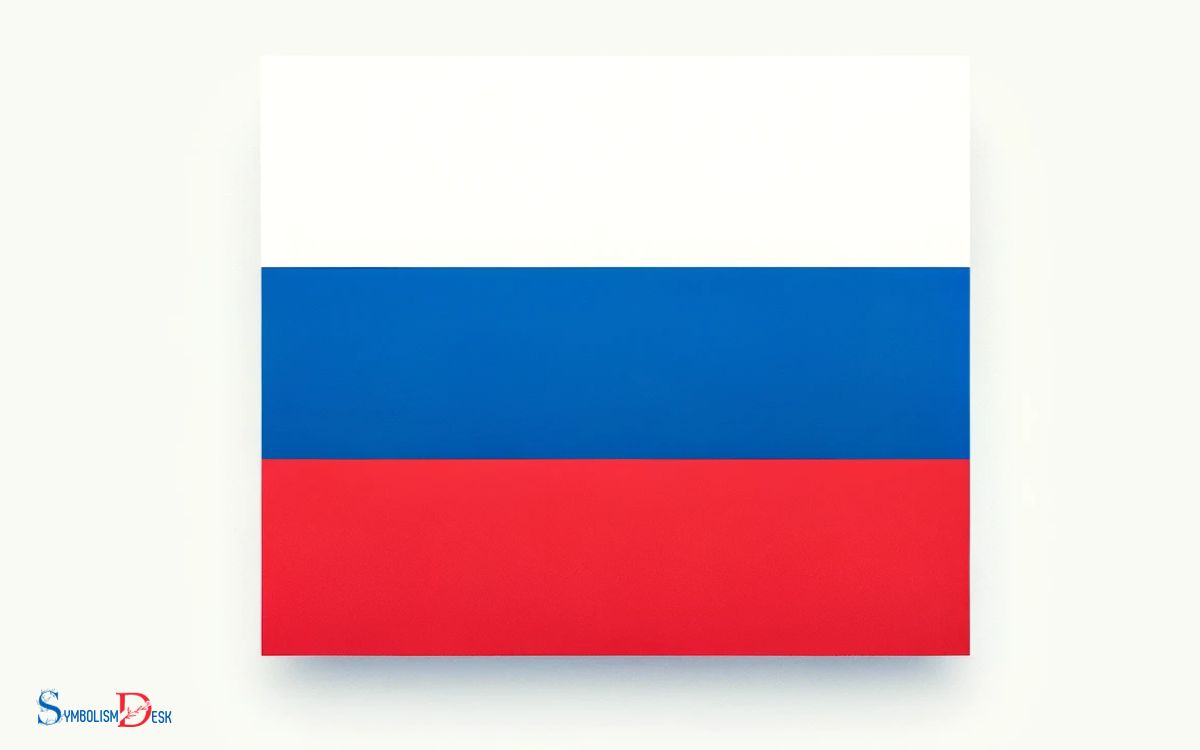
Key Takeaway
3 Symbols Meanings of the Russian Flag
| Color | Meaning |
|---|---|
| White | Nobility and honesty |
| Blue | Loyalty, honesty, wisdom and trust |
| Red | Courage, valor, and love |
Origins of the Russian Flag
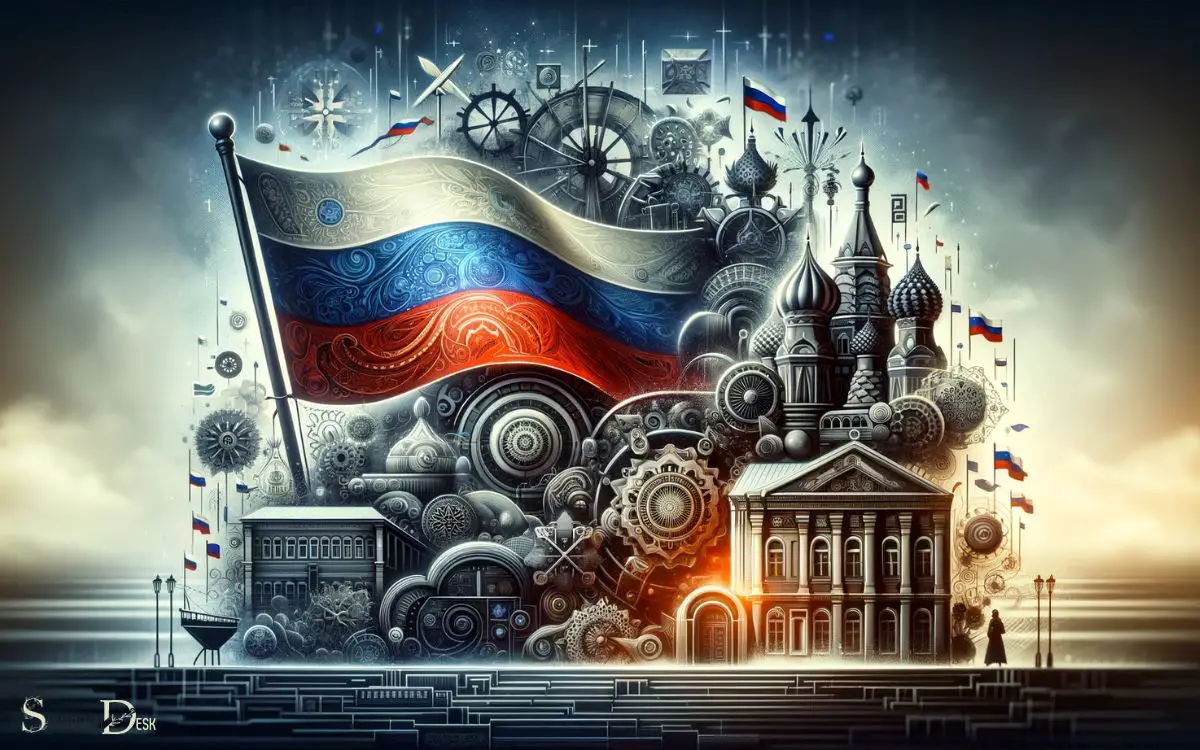
The origins of the Russian flag can be traced back to the 17th century when it was first introduced as a symbol of the Tsardom of Russia. The original tricolor design consisted of three horizontal bands of white, blue, and red.
The colors were said to represent various aspects of the country, with white symbolizing the government, blue reflecting the Virgin Mary, and red signifying the peasants.
Over time, the flag evolved alongside the transformation of the Russian state, adapting to the changing political landscape.
Understanding the historical context in which the flag was first conceived provides valuable insight into the symbolism and significance it holds for the Russian people today.
This evolution of the flag is closely intertwined with the development of the state emblem, which further solidifies the representation of Russia’s identity and values.
Evolution of the State Emblem
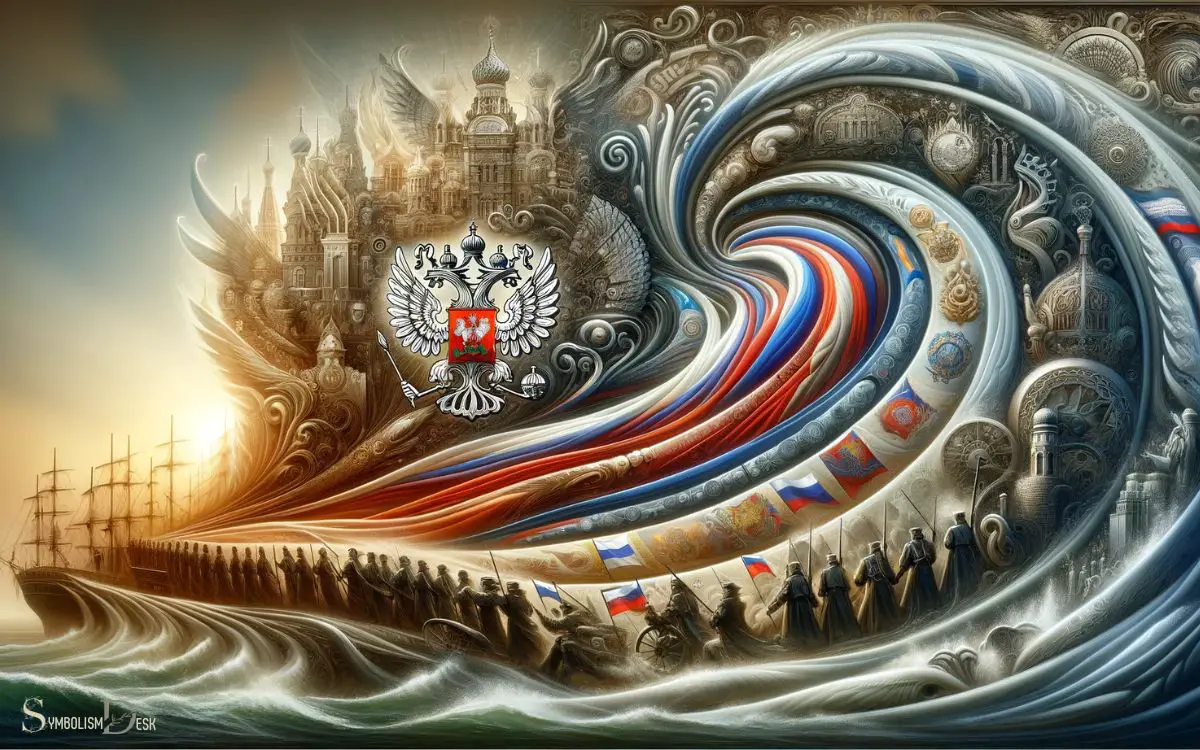
An evolution of the state emblem can be observed throughout Russian history, reflecting the changing political and cultural landscape of the country.
The current state emblem of Russia, adopted in 1993, features a two-headed eagle, which has been a symbol of the country for centuries. The eagle holds a scepter and an orb, symbolizing the unity of the state power.
The emblem also includes a shield with the image of Saint George the Victorious, a symbol of military prowess and bravery.
This modern emblem draws on a long tradition of Russian heraldry, with roots dating back to the medieval period.
Over time, the state emblem has evolved to represent the values and aspirations of the Russian state, reflecting its rich history and enduring cultural identity.
Symbolism of the Colors
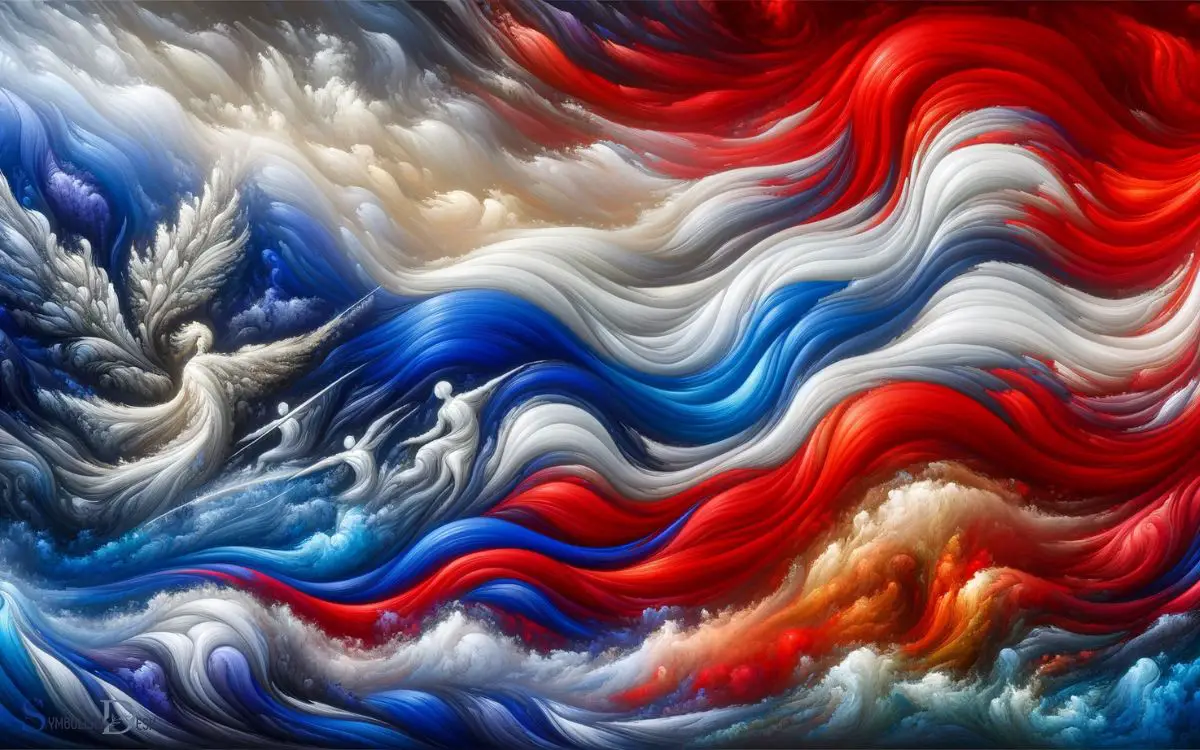
The colors on the Russian flag hold deep historical and cultural significance, each representing different aspects of the country’s heritage.
Understanding the symbolism behind the colors provides insight into Russia’s rich history and traditions, shedding light on the values and ideals that the nation holds dear.
Exploring the historical context of these colors can offer a deeper appreciation of the Russian flag and what it represents to the people of Russia.
Significance of Each Color
One of the three colors on the Russian flag holds significant symbolism, each representing distinct aspects of the nation’s history and values.
The white color embodies purity, peace, and honesty, reflecting the country’s aspirations for harmony and unity. Additionally, it symbolizes the vast snow-covered landscapes that dominate Russia’s geography.
The blue color represents loyalty, faith, and determination, reflecting the historical significance of the color in Russian culture and its association with the country’s perseverance and strength. Furthermore, it pays homage to the importance of religion in Russian society.
Lastly, the red color symbolizes courage, valor, and the blood shed in defense of the homeland, honoring the sacrifices made throughout Russia’s tumultuous history.
Together, these colors encapsulate the rich tapestry of Russia’s heritage and the values that have shaped its identity.
Historical Symbolism Explained
With historical significance deeply rooted in each color, the symbolism of the Russian flag reflects the nation’s rich heritage and values.
The colors of the Russian flag hold deep historical symbolism:
- White: Represents the desire for freedom and independence, as well as the snow that covers the country for a large part of the year.
- Blue: Symbolizes the importance of faith, loyalty, and determination to protect the country.
- Red: Reflects the courage and sacrifices made by the Russian people throughout history, as well as the energy and passion of the nation.
- Overall Composition: The tricolor design, with white on top, blue in the middle, and red on the bottom, signifies the continuous strive for peace, unity, and progress in Russia.
These colors encapsulate the essence of Russia’s history and its people, portraying a powerful message of resilience and national identity.
Historical Significance
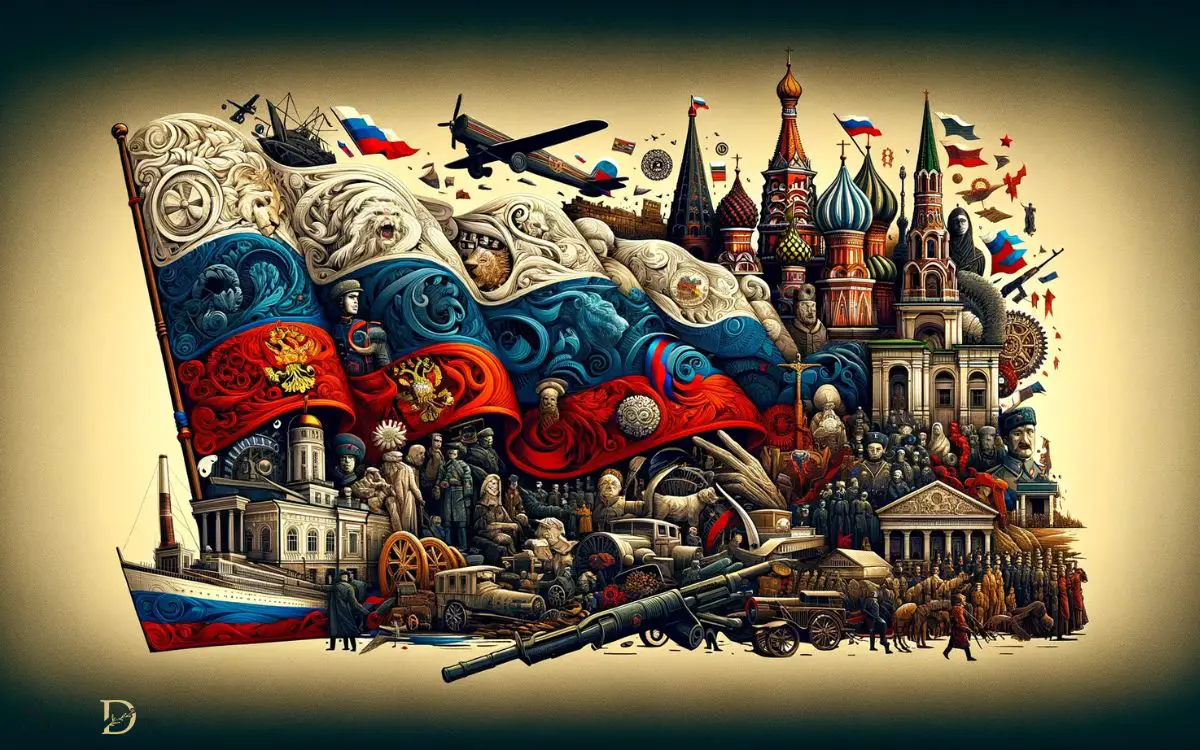
Symbolized by a tricolor of white, blue, and red, the historical significance of the Russian flag dates back to the 17th century. The colors have evolved with time, but the tricolor design has remained constant.
The white color represents nobility and frankness, the blue symbolizes vigilance, perseverance, and justice, while the red signifies love, courage, and magnanimity.
These colors have been deeply ingrained in Russian history and culture, holding great significance for the nation. The tricolor flag has been a symbol of the Russian state for centuries, representing its rich heritage and values.
The table below summarizes the historical significance of the colors on the Russian flag:
| Color | Significance |
|---|---|
| White | Nobility and frankness |
| Blue | Vigilance, perseverance, and justice |
| Red | Love, courage, and magnanimity |
Cultural Representation
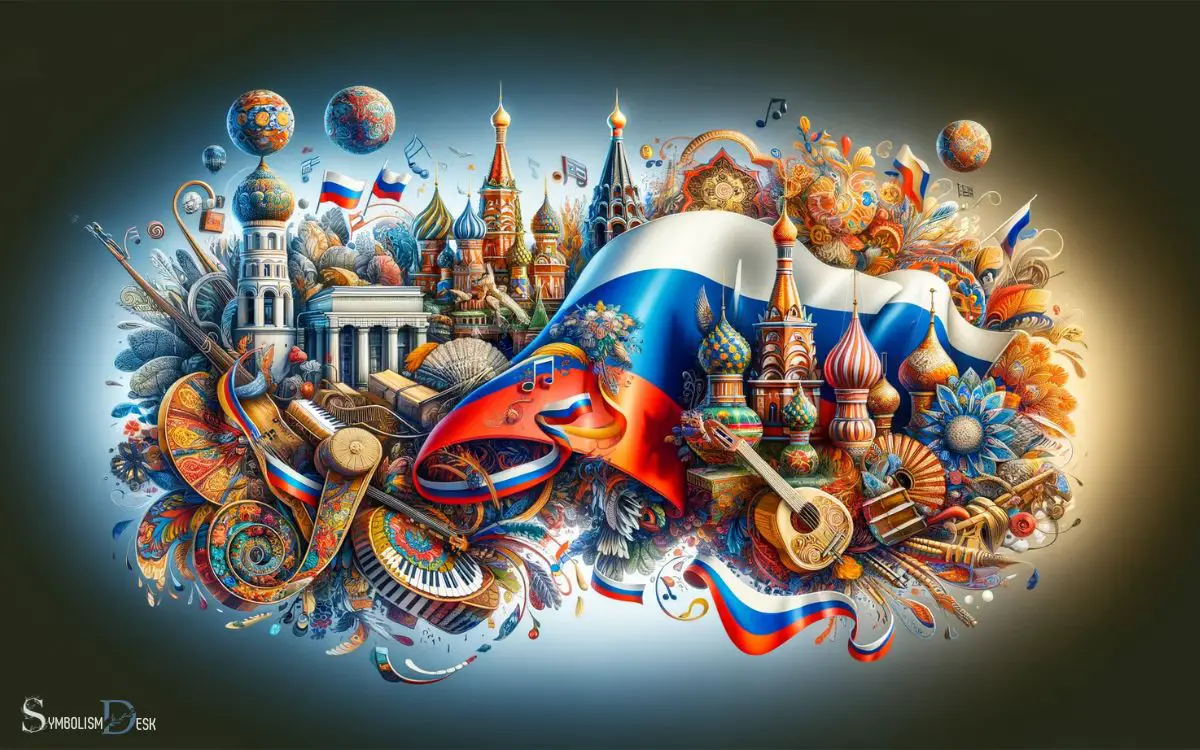
The tricolor flag, with its colors deeply rooted in historical symbolism, continues to culturally represent the rich heritage and values of Russia. The cultural representation of the Russian flag is multifaceted and carries significant meaning for the nation and its people.
Here are four key aspects of the cultural representation of the Russian flag:
- Historical Legacy: The tricolor flag has been a symbol of Russia since the 17th century, representing the historical continuity of the country.
- National Identity: The flag embodies the spirit of the Russian people, reflecting their resilience, pride, and unity.
- Patriotic Symbolism: It serves as a patriotic emblem, evoking a sense of duty, honor, and love for the country.
- Global Recognition: The flag is instantly recognizable internationally, serving as a symbol of Russia’s cultural and historical significance.
Modern Interpretation
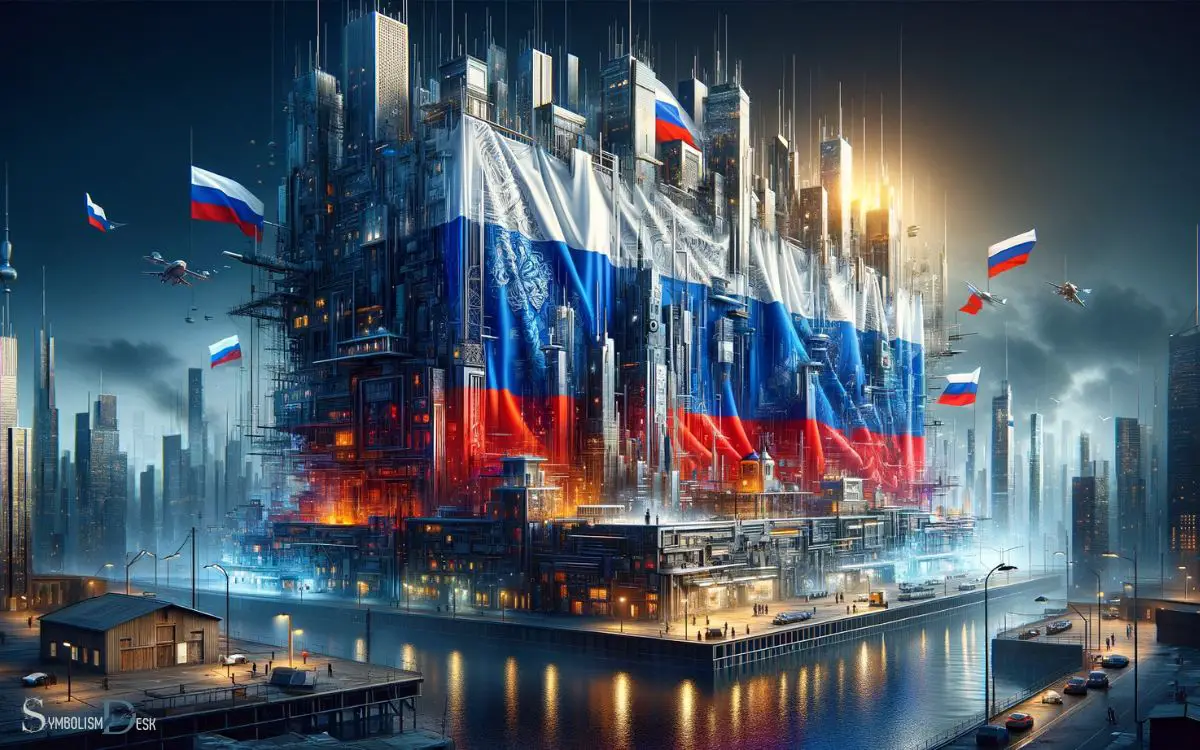
The modern interpretation of the symbol on the Russian flag involves examining its symbolic significance today and its relevance in the modern context. The white, blue, and red tricolor flag of Russia has been in use since the late 17th century and has gone through its own changes in symbolism throughout history. In modern times, the colors are often associated with specific aspects of Russian culture and heritage, as well as representing unity and peace within the country. Additionally, many scholars and historians have debated the hidden mathematical symbolism within the flag, as it has been suggested that the colors and their arrangement hold a math symbol meaning that speaks to the precision and order of Russia as a nation.
Understanding how this symbol is perceived in contemporary society and its impact on Russian identity are crucial aspects of its modern interpretation.
Exploring these points will shed light on the enduring significance of this symbol and its role in shaping the national narrative.
Symbolic Significance Today
One contemporary interpretation of the symbol on the Russian flag is that it represents the unity and strength of the Russian people in the modern era. This interpretation is shaped by the historical and cultural context of Russia, as well as its current socio-political climate.
The symbol holds significant meaning in today’s Russia, reflecting the following:
- Unity in diversity, showcasing the amalgamation of various ethnicities and cultures within the country.
- Resilience and determination in the face of challenges and adversity.
- National pride and patriotism, fostering a sense of belonging and loyalty among the Russian populace.
- Aspiration for progress and prosperity, symbolizing the collective efforts towards a better future.
The symbol on the Russian flag continues to hold relevance in the modern context, serving as a unifying emblem that embodies the spirit and aspirations of the Russian people.
Relevance in Modern Context
Reflecting the contemporary socio-political climate, the symbol on the Russian flag maintains its relevance in the modern context as a unifying emblem embodying the spirit and aspirations of the Russian people.
The tricolor flag, with its white, blue, and red horizontal stripes, represents the country’s rich history, diverse culture, and promising future.
In today’s Russia, the flag stands as a powerful symbol of national unity, pride, and resilience, serving as a reminder of the strength and determination of the Russian people.
| Relevance in Modern Context | Discretion |
|---|---|
| National Unity | Symbolizes the unity and solidarity of the Russian people. |
| Cultural Diversity | Represents the diverse heritage and traditions of Russia. |
| Historical Significance | Reflects Russia’s rich historical background and enduring spirit. |
| Aspirations | Embodies the aspirations for a prosperous and harmonious future. |
| Resilience | Serves as a reminder of the resilience and strength of the Russian nation. |
Usage in Russian Society
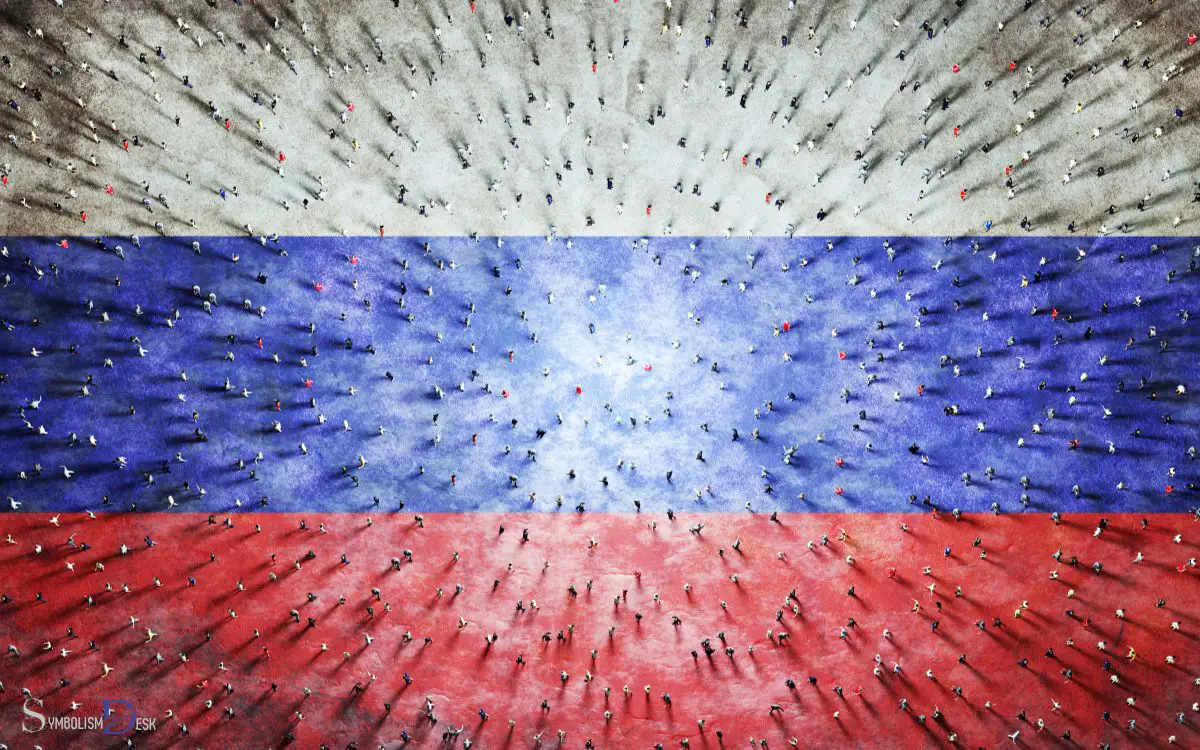
Symbolizing unity and strength, the symbol on the Russian flag is widely used in Russian society to convey patriotism and national pride.
Its usage is prevalent across various aspects of Russian culture and society, including:
- Government Institutions: The symbol is prominently displayed in government buildings, official documents, and military insignia, serving as a constant reminder of national identity and unity.
- Sports and Celebrations: During international sporting events and national celebrations, the symbol adorns team uniforms, fan merchandise, and decorations, fostering a sense of collective pride and solidarity.
- Education and History: Schools incorporate the symbol into educational materials, teaching students about its historical significance and instilling a sense of civic responsibility.
- Business and Commerce: Many businesses and brands incorporate the symbol in their logos and marketing materials, aligning themselves with national values and fostering consumer trust and loyalty.
Why Does the Symbol on the Ukrainian Flag Differ from the Russian Flag?
The symbol on the ukrainian flag differs from the Russian flag because it represents a completely different nation with its own unique history and culture. The yellow and blue colors of the Ukrainian flag symbolize the gold fields and blue skies of Ukraine, while the trident in the center is a historic symbol that dates back to the medieval times and represents national identity.
International Recognition
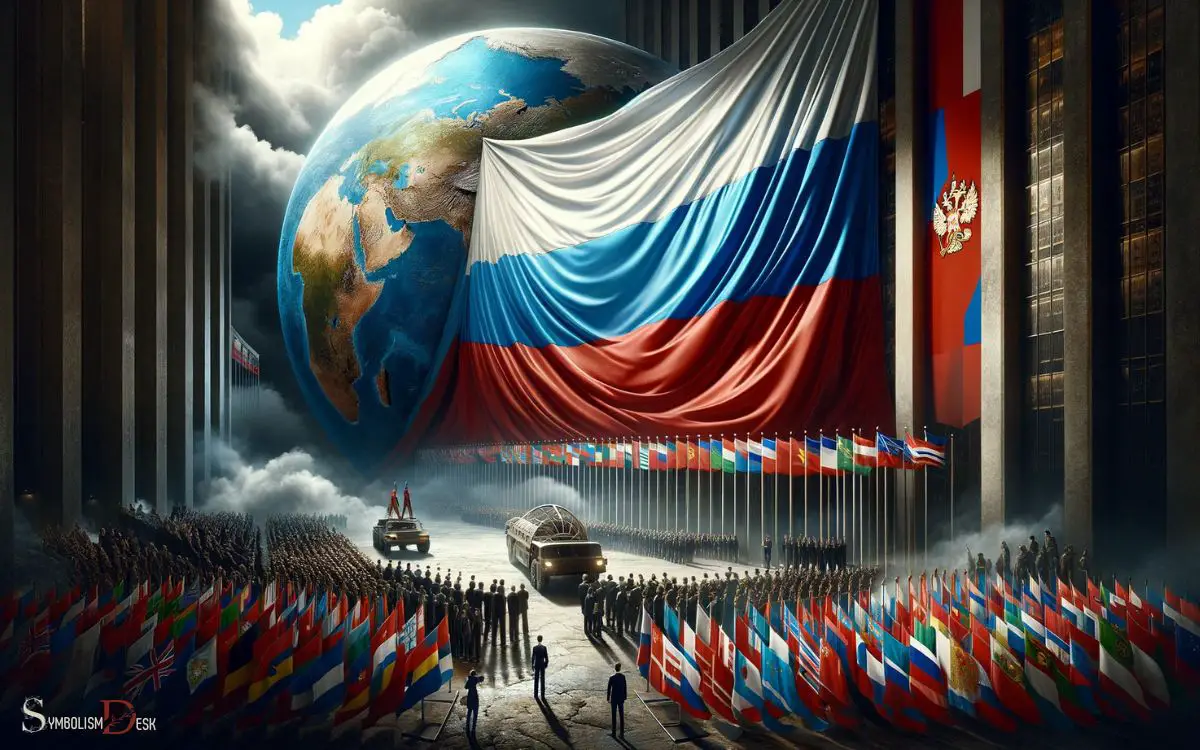
Internationally, the symbol on the Russian flag is recognized as a representation of the country’s heritage and national identity.
The white, blue, and red tricolor, along with the double-headed eagle, is emblematic of Russia’s historical, cultural, and political significance.
The following table illustrates the international recognition of the symbol on the Russian flag:
| Perspective | Recognition |
|---|---|
| Historical | Symbolizes Russia’s rich history and traditions |
| Cultural | Represents the diverse cultural heritage of Russia |
| Political | Signifies the strength and sovereignty of the Russian state |
The Russian flag’s symbol holds deep meaning for the country and is widely acknowledged as a powerful emblem that reflects Russia’s past, present, and future. Its recognition internationally underscores its importance in global contexts.
Conclusion
The symbol on the Russian flag reflects the nation’s origins and the evolution of the state emblem. It also carries symbolism of the colors, historical significance, cultural representation, and modern interpretation.
The symbol on the Russian flag is widely used in Russian society and has gained international recognition. It stands as a powerful representation of the country’s history and identity, evoking a sense of pride and unity among its people.






